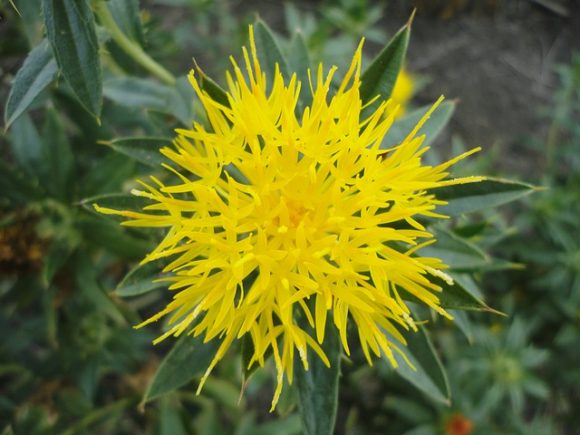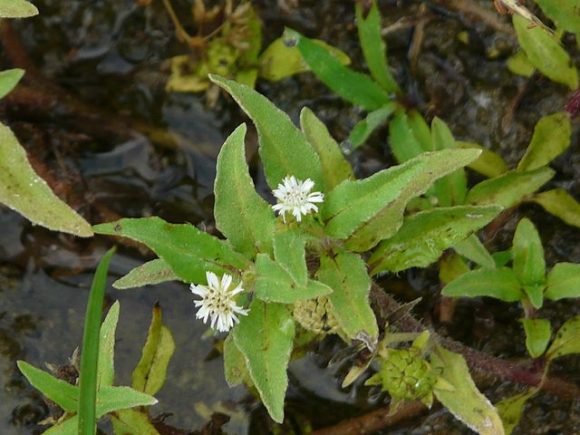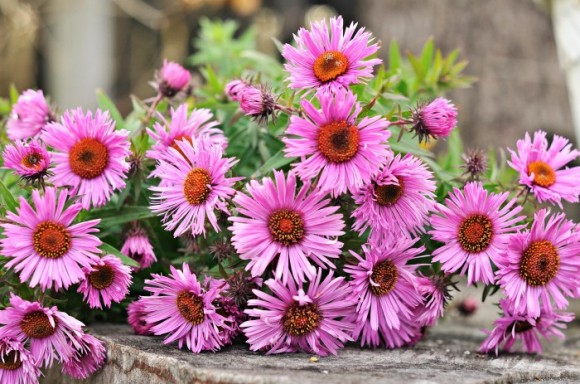All posts tagged Aster
Safflower Tea is Good for Your Bone and Heart Health
Safflower tea is derived from safflower, an annual flowering plant in the aster or sunflower family. The plant is botanically known as carthamus tinctoris and is native to Africa and Asia. Continue reading [...]
False Daisy for Skincare
Eclipta prostrate or eclipta alba, commonly known as false daisy or yerba de tago, is an annual, flowering plant belonging to the aster or sunflower family. The plant is known as a false daisy because its flowers resemble daisy blossoms. Continue reading [...]
The Right Flowers for Summer
How do you choose the right flowers for summer? You opt for any of the following beautiful blooms. Continue reading [...]
September Flowers
This flower guide for the month of September gives you the meaning of flowers (the aster or as an alternative, the morning glory, are the birth month flowers for September.) Send flowers of either type, and this flower guide explains the message you'll be sending along with your bouquet or arrangement. Continue reading [...]



